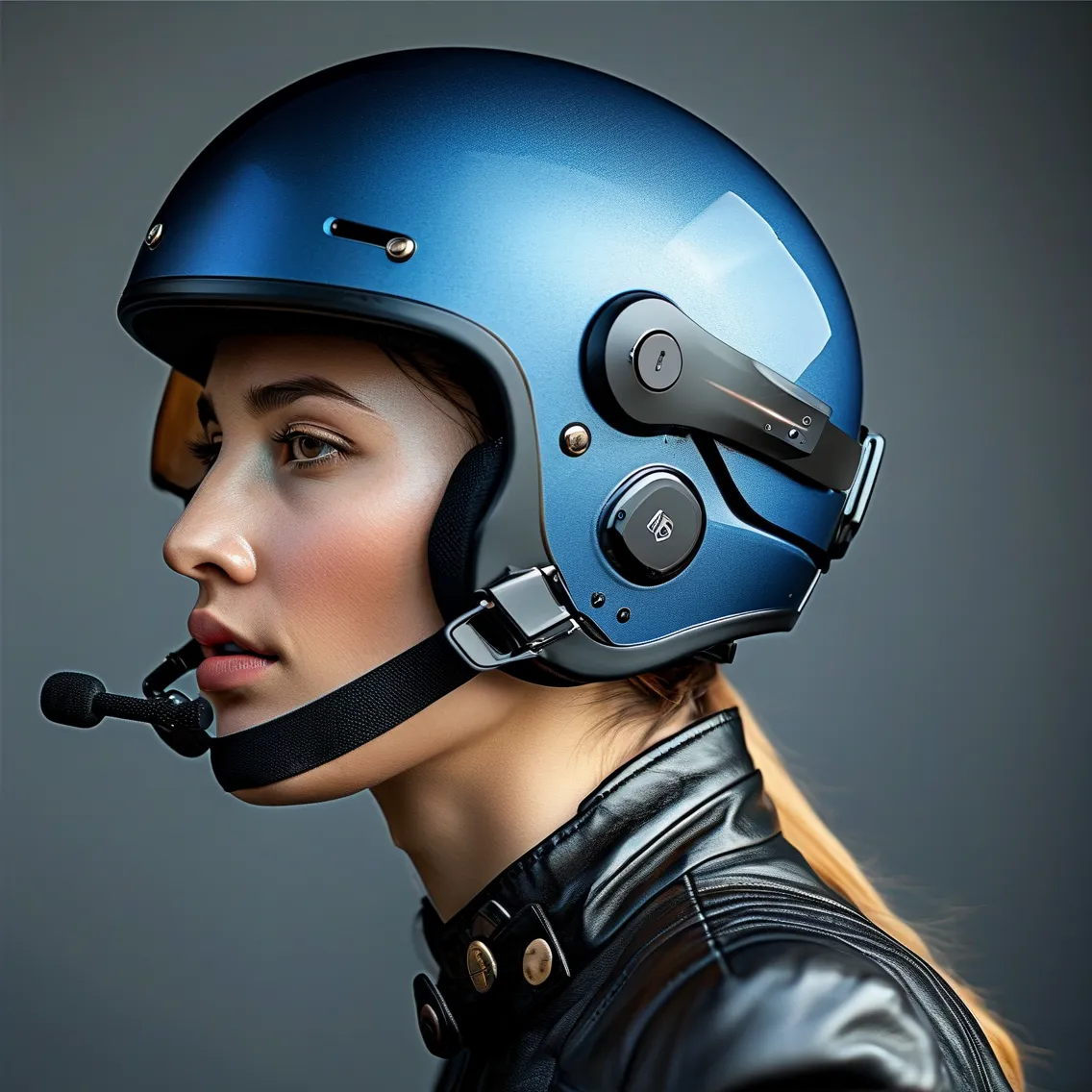Riding a motorcycle with wind noise and engine roar can make communication nearly impossible. Modern Bluetooth-enabled helmets solve this challenge by integrating wireless audio systems that maintain situational awareness while delivering crisp sound. For riders considering a Bluetooth 3 or 4 motorcycle helmet, understanding the setup process and best practices ensures optimal performance and safety.
Why Bluetooth 3/4 Motorcycle Helmets Matter
Bluetooth 3.0 and 4.0 protocols remain popular in motorcycle helmets due to their balance of energy efficiency, audio clarity, and stable connectivity. Unlike older versions, Bluetooth 4 offers low-energy consumption, extending battery life during long rides. According to a 2022 study by the Motorcycle Safety Foundation, riders using Bluetooth-enabled helmets reported 35% fewer distractions compared to traditional communication methods.
Step-by-Step Installation Guide
-
Speaker Placement
Position the speakers inside the helmet’s ear cavities without pressing against your ears. Most helmets have pre-cut foam areas for speakers—align them to avoid discomfort. Test fitment before securing with adhesive pads. -
Microphone Positioning
For boom microphones, place them 1-2 cm from the corner of your mouth. For internal mics, ensure they’re centered near the chin bar to minimize wind interference. -
Wiring Management
Route cables along the helmet’s existing channels to prevent tangling. Use cable clips (included with brands like Sena or Cardo) for a clean setup.
Pairing Your Helmet with Devices
- Smartphones: Enable Bluetooth on your phone, select your helmet’s model (e.g., “XYZ Helmet BT4”), and confirm pairing.
- Intercom Systems: For rider-passenger communication, pair both helmets in “Intercom Mode” within 10 meters.
- GPS/Navigation: Prioritize GPS pairing to receive turn-by-turn directions without interrupting music.
Pro Tip: Update firmware via the manufacturer’s app (e.g., Cardo Connect) to resolve connectivity bugs and enhance voice recognition.
Optimizing Audio Quality & Battery Life
- Noise Reduction: Use foam windshields on microphones and close helmet vents in high-speed zones.
- EQ Settings: Adjust bass/treble via your helmet’s app to compensate for road noise.
- Battery Saving: Activate auto-shutdown after 30 minutes of inactivity. Bluetooth 4 helmets typically last 12+ hours per charge.
Safety Compliance & Best Practices
- Volume Limits: Keep audio below 85 dB (per WHO guidelines) to maintain environmental awareness.
- Dual Connectivity: Pair with emergency contacts or group riders using multipoint Bluetooth (supported in most BT4 helmets).
- Certifications: Choose DOT/ECE-certified helmets with embedded Bluetooth to ensure structural integrity isn’t compromised.
Troubleshooting Common Issues
- Static Noise: Check for loose wire connections or interference from nearby electronics.
- Dropouts in Connectivity: Ensure devices are within 10 meters and avoid congested Bluetooth areas (e.g., urban centers).
- Mic Echo: Recalibrate microphone sensitivity via the companion app or adjust its position away from airflow.
Top Recommended Models (2024)
- Sena Momentum Pro – Best for voice command precision (BT 4.1).
- Cardo Packtalk Edge – Ideal for group rides with Dynamic Mesh Communication.
- FreedConn T-Com Pro – Budget-friendly option with BT 3.0 stability.
Bluetooth motorcycle helmets redefine riding experiences by merging safety with seamless connectivity. By prioritizing proper installation, firmware updates, and volume moderation, riders can enjoy crystal-clear audio without compromising situational awareness. Always verify manufacturer guidelines—brands like Schuberth and Shoei provide detailed video tutorials for their specific models—and test your setup before hitting the highway.




Leave a Reply